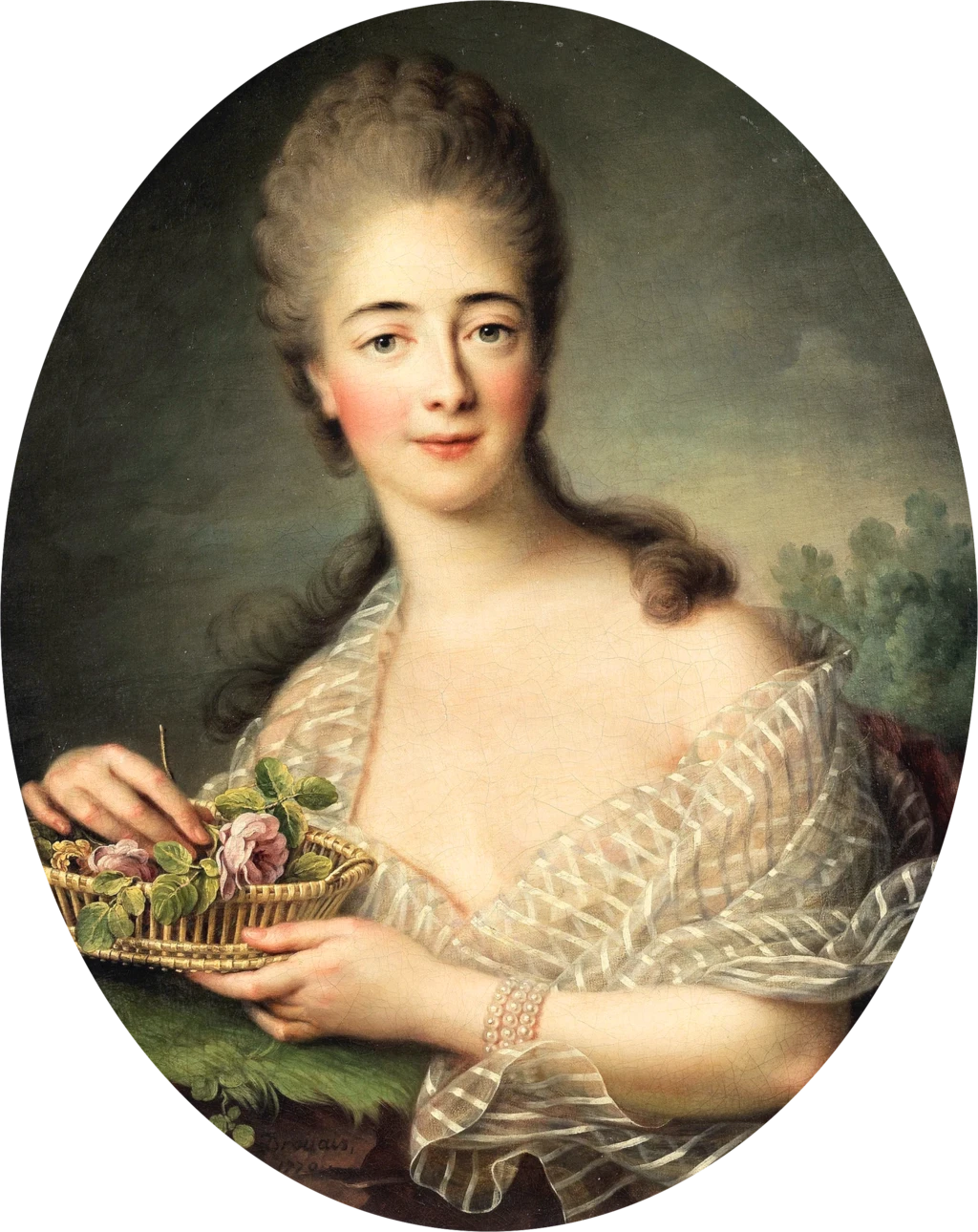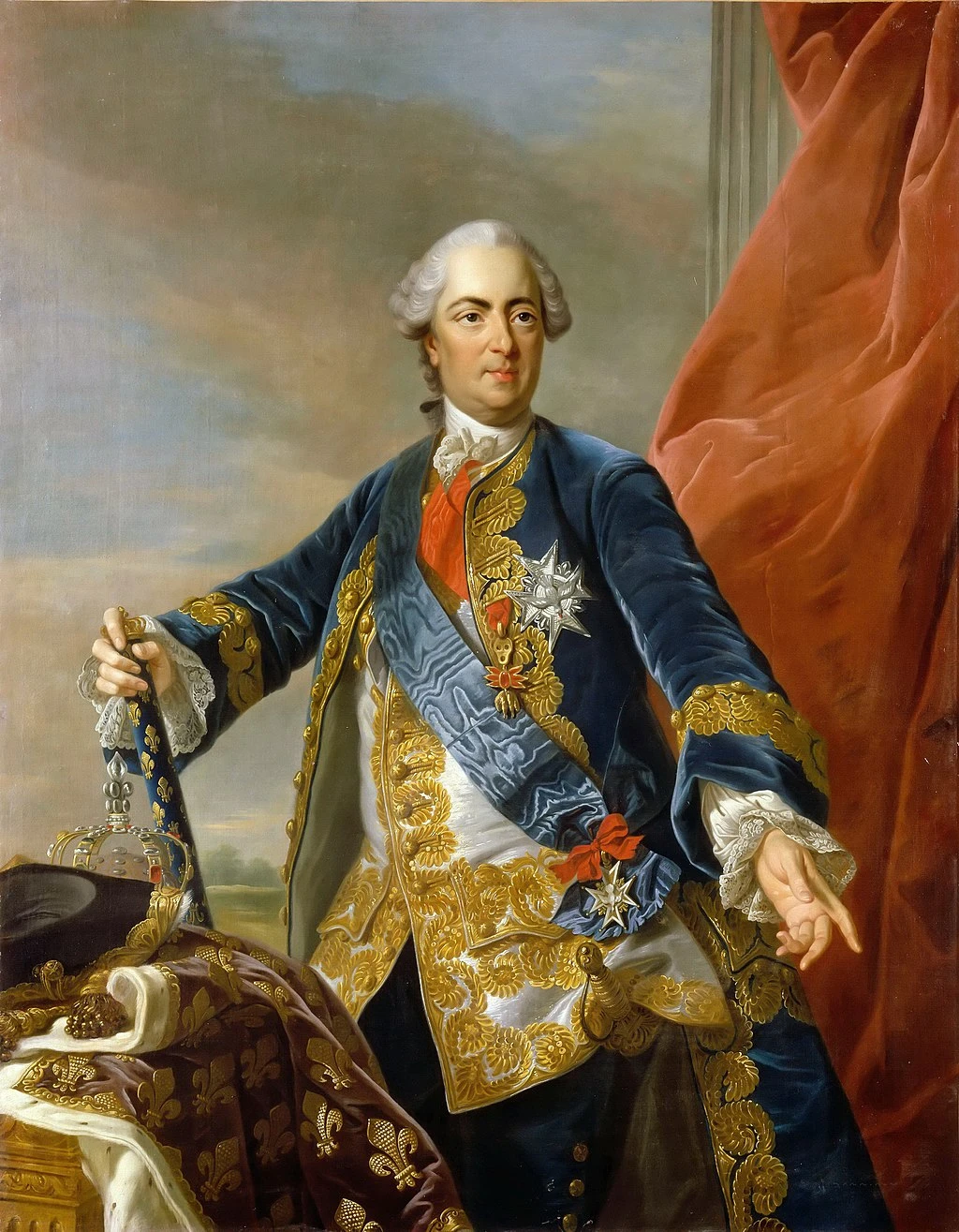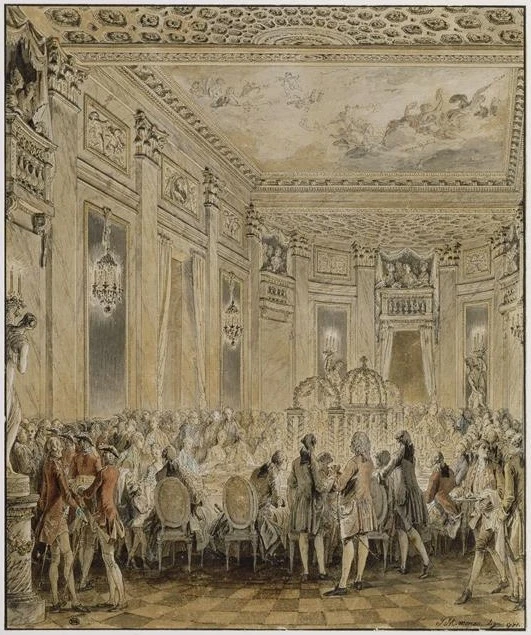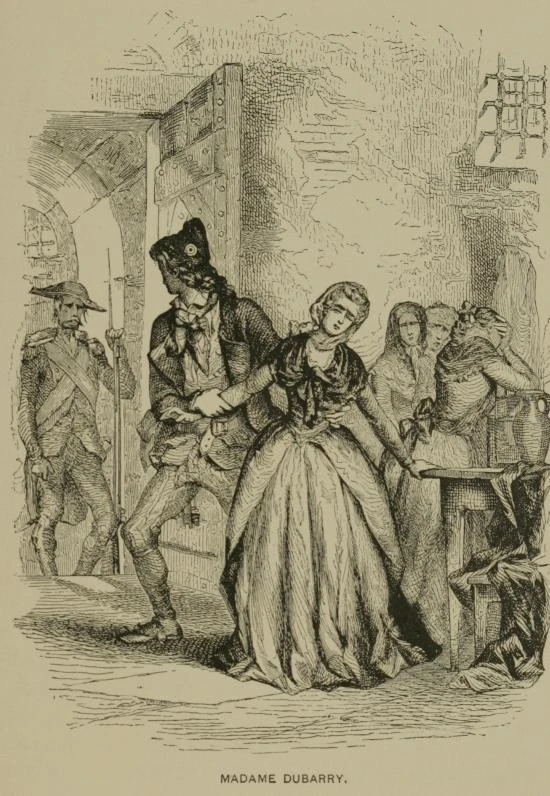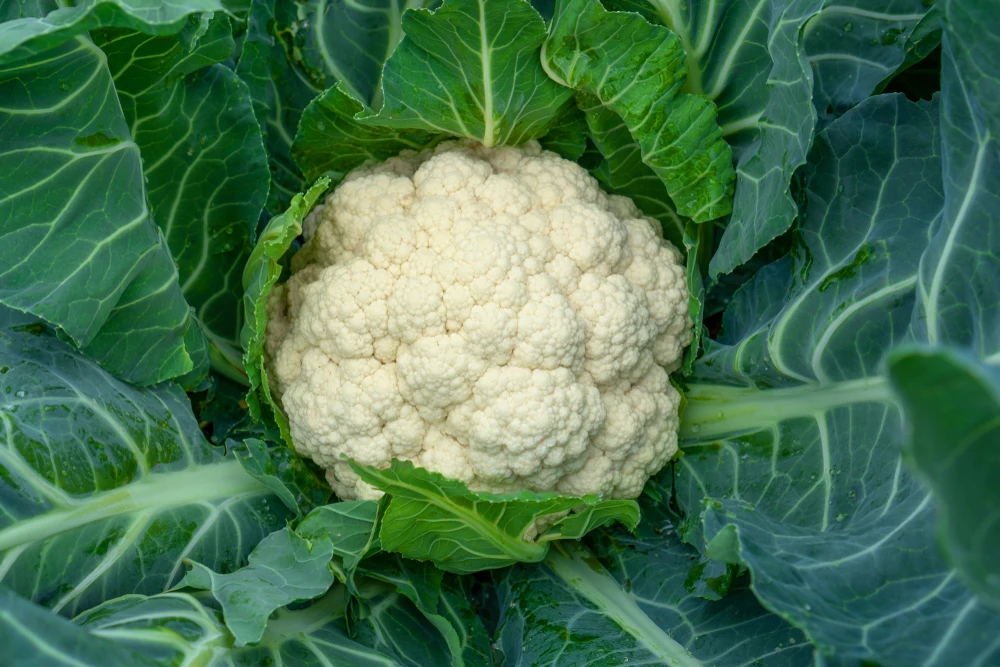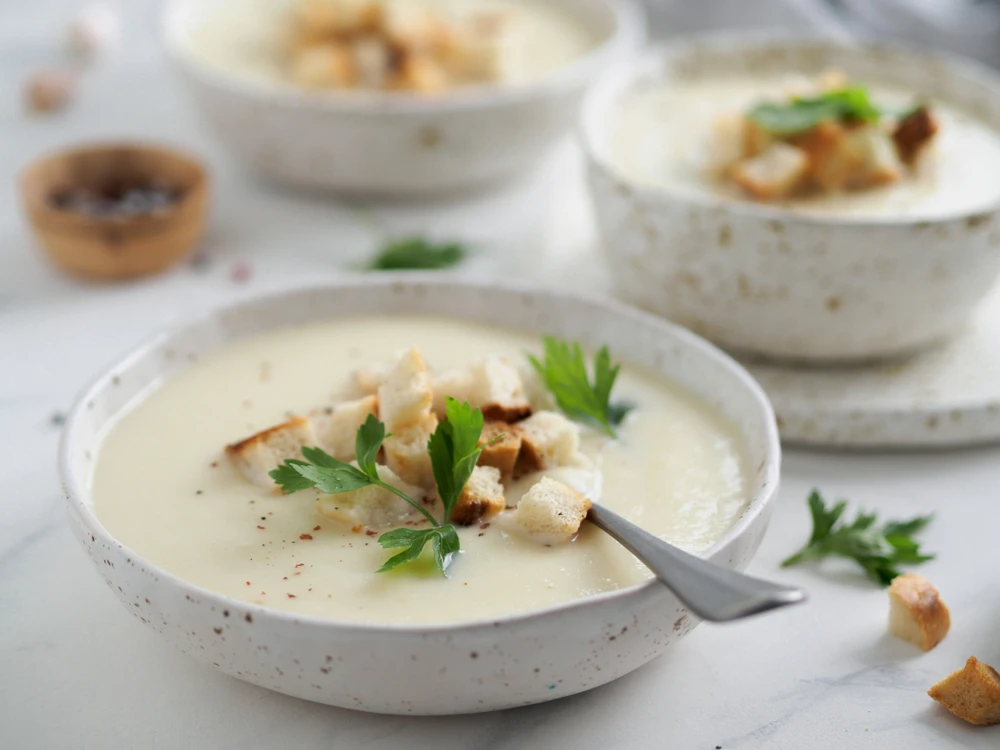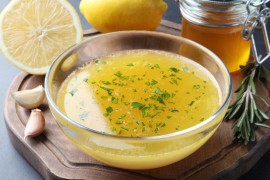Who is Madame du Barry?
A young girl with a gift for pleasure
The Countess du Barry by Drouais.
Born in 1743 in Vaucouleurs, Lorraine, to a promiscuous monk named "Frère l'Ange", Jeanne Bécu was raised in a convent in Paris. When she left the convent at the age of 15, her radiant beauty surprised and attracted many.She became an apprentice hairdresser, then a reader, a "modiste" (clothing saleswoman), and began a career as a courtesan under the name of "Mademoiselle l'Ange" which led her into the beds of the greatest aristocrats of her time.One of them, the Marshal of Richelieu, decides to do everything to make her the mistress of King Louis XV , in order to gain importance in the king's mind and become an important political figure.After a failed attempt (a woman faints just before the king arrives in front of the young and beautiful Jeanne and thus distracts the king's attention), the beautiful one is finally presented to the king who falls completely for her. That said, it will not succeed to the Marshal Duke of Richelieu who will never become a minister as he hoped.
Royal Mistress
In love with this young girl who was 33 years younger than him, Louis XV decided to install her in Versailles. It is my will and that must be enough" he said when people were surprised to see a courtesan installed at the Court. She will reign over the heart of the king until his death, from 1768 to 1774. The king makes many gifts to his mistress.
King Louis XV at the time of his meeting with the Countess du Barry. Illustration chosen by Monsieurdefrance.com : Portrait by Louis-Michel van Loo (1707-1771 )
Her name was Jeanne Bécu, and she became Countess du Barry by marrying the brother of her pimp, Monsieur du Barry. The husband never touched his wife and let her continue her life with the king.She received sumptuous apartments in Versailles (which can be visited by the way), and a delicious castle in Louveciennes. It is probably there that her chef imagined a recipe around cauliflower that she appreciated a lot.
A sweet life until the French Revolution.
Dinner given at the castle of Louveciennes in 1771 Illustration chosen by Monsieurdefrance.com: by Jean-Michel Moreau (1741-1814)
Chased out of the Court of Versailles by Louis XVI after the death of her royal lover, Madame du Barry lived a discreet life at the side of her new lover, the Duke of Brissac, who took care of her. She received many guests at Louveciennes, including the Austrian emperor Joseph II, and she even ended up sympathizing with Marie-Antoinette, who hated her at Versailles. It was at Louveciennes that Madame du Barry heard the cannon shots of the storming of the Bastille in 1789.
And a tragic end.
Madame du Barry leaving towards the scaffold. She screamed all the way, convinced that she had been cleared. Illustration chosen by Monsieurdefrance.com : English engraving of the XIXth century by Tight Hopkins in "The dungeons of Old Paris" 1897.
She fled some time later to Great Britain, before returning to Paris when she learned that her jewels, given to her by Louis XV, and all her savings, had been stolen. She returns to France and publishes a notice in the press to help her find her jewels in exchange for a reward. She is not pleased, because in the middle of the French Revolution, even if she was born a commoner, it is not good to have been the last mistress of a king of France. Madame du Barry is arrested.Even though she was defended by the villagers of Louveciennes, which shows that she was very kind, as the courtiers confirmed in their letters, Madame du Barry was condemned to death and guillotined at the age of 50 on December 8, 1793 in the Place de la Révolution, now the Place de la Concorde.
The cream of the Barry
It is a soup that was created by Madame du Barry's personal chef at her request, as she appreciated cauliflower. It must be said that she was a gourmet and descended from a family of gourmets since she was descended from a line of Parisian roasters: the Bécu.
The Countess du Barry at the time of the invention of the recipe to which she gave her name. Illustration chosen by Monsieurdefrance.com; portrait of Jean François Drouais in 1774.
Ingredients:
Vegetables:
- 1/2 cauliflower
- chervil (12 sprigs).
- 1 leek (white only)
And also
- . 40 g of butter
- . 40 g flour (optional)
- . 20 cl of milk
- . 75 cl of poultry stock (or vegetable stock if you are vegetarian).
- . 1 egg
- 10 cl of fresh cream (a tablespoon is perfect)
- coarse salt
- . fine salt
- . ground pepper
A cabbage flower. Photo chosen by Monsieurdefrance.com: Luiza Kamalova/ Shutterstock.com
The process
- Wash all vegetables thoroughly
- Cut the leek to keep only the white part
- Peel the cauliflower by removing the large green leaves
- Choose the 3 or 4 most beautiful "florets" of cauliflower and put them aside
- Cut the white of the cauliflower into small pieces
- Take a casserole and put it on the fire
- Add butter
- Put in the leek white. It should just color
- After about 3 minutes, add the flour and stir for another 3 minutes.
- Pour the milk
- Put the cauliflower pieces
- Add a small pinch of coarse salt
- Bring to a boil but always stirring
- When it boils, add the broth (chicken or vegetable, depending on your preference).
- Let it cook for 30 minutes on medium heat.
- During this time you will sublimate your little cauliflower florets by making them as crisp as possible
- Bring a pot of water to a boil with a pinch of coarse salt.
- Add the cabbage bouquets
- Drain them and plunge them in cold water, they will remain crisp.
- Take a bowl and put the fresh cream
- Break the egg and separate the white from the yolk
- Put the yolk in the bowl of fresh cream and mix well.
- Mix the cauliflower that has been cooking in the pot for 30 minutes
- Bring it back to a boil
- When it has come to a boil, remove the pan from the heat and add the cream and egg yolk mixture
- Salt
- Add pepper (not too much).
- Serve in soup plates, adding the cooked cauliflower florets on top
A beautiful plate of Barry's cream (or soup). Photo chosen by Monsieurdefrance.com: Fascinadora / Shutterstock.com
Tips
Some people add a dash of curry powder and others add turmeric to give it flavor and a little color. You can also add both. You can also add some toasted bread crumbs (lightly rubbed with garlic, why not).
What do we drink with this?
A dry white wine, even young, rather fresh is ideal. We can go for a white Côte du Jura, a white Arbois wine, a white Côte de Beaune or a good white Givry (to be consumed in moderation, alcohol abuse is dangerous for your health).
sorry for the translation errors, our translator is on vacation in Brittany and we never know when he'll be back (or if he'll be back at all!)

